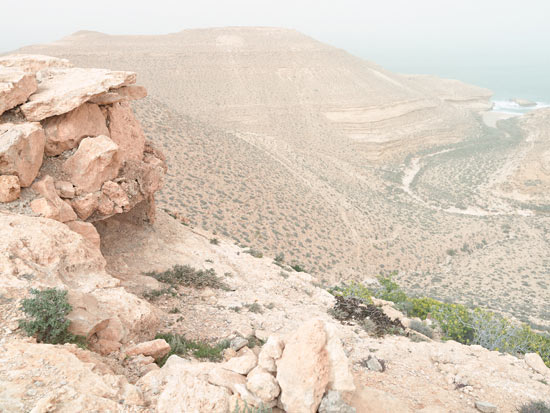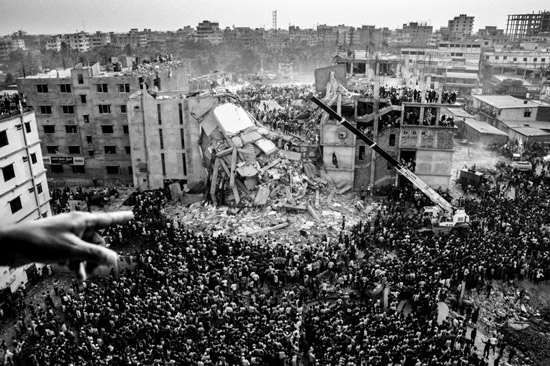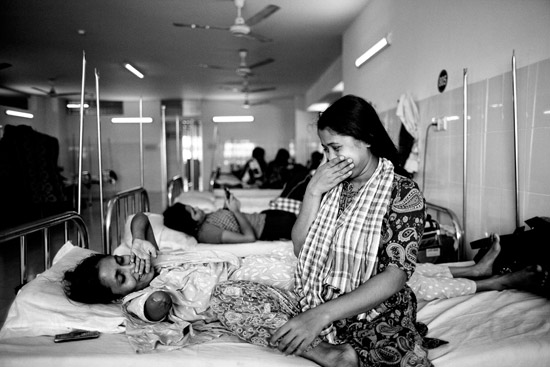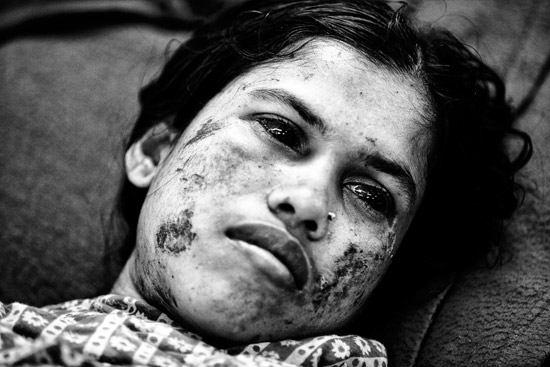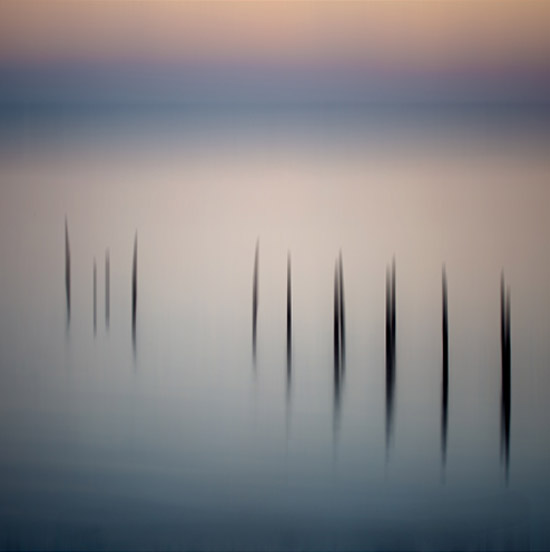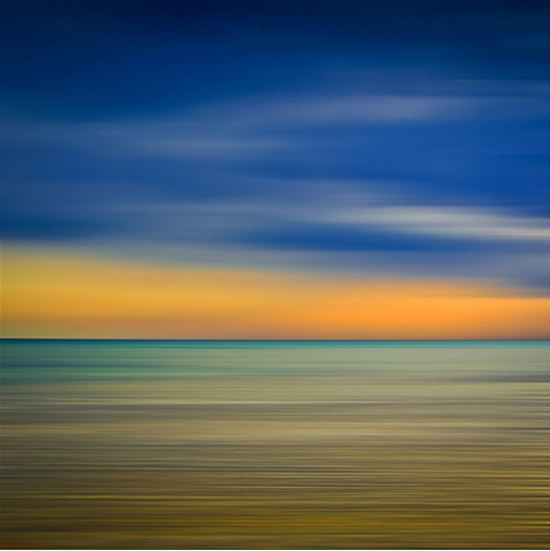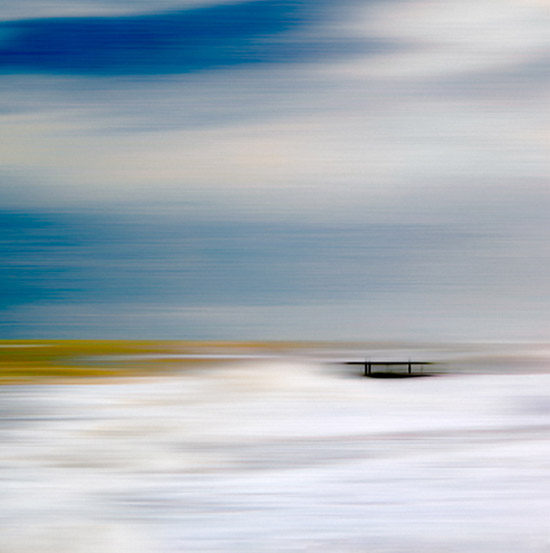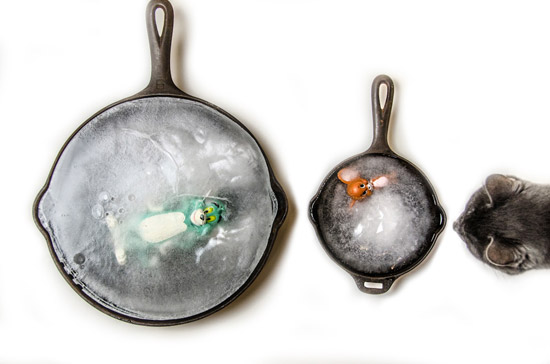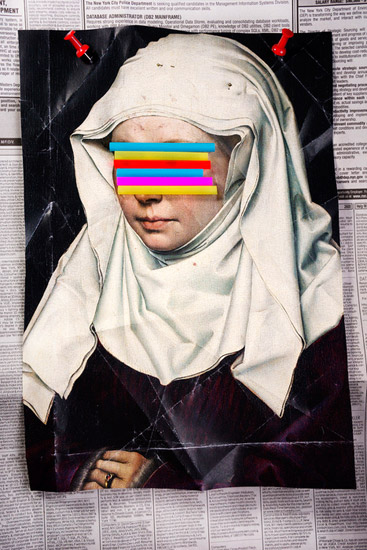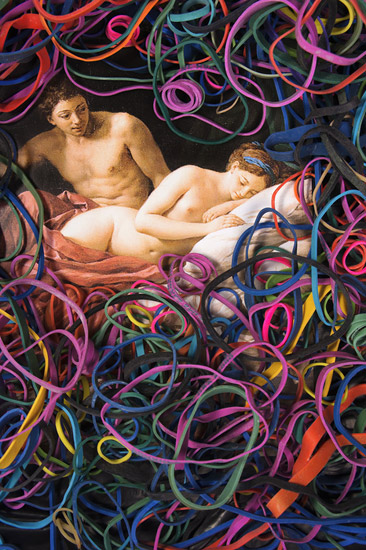The Smithsonian National Portrait Gallery in Washington DC launched the second round of a Karsh exhibition, as curated by Ann Shumard with Estrellita Karsh who generously donated over 100 vintage prints. The exhibition is on the ground floor and round one received between 250,000 and 300,000 visitors.
This classic image of Ms Roosevelt is in the show, and has just been licensed by the National Parks Service for use in materials at the Eleanor Roosevelt National Historic Site in New York. I thought I'd like to publish the other frame that not so many people are familiar with.
Non-Americans: she was an absolute powerhouse, it's worth looking her up. "Roosevelt was a controversial First Lady for her outspokenness,
particularly her stance on racial issues. She was the first presidential
spouse to hold press conferences, write a syndicated newspaper column,
and speak at a national convention. On a few occasions, she publicly
disagreed with her husband's policies." Can you imagine??
Eleanor Roosevelt, 1957 © Yousuf Karsh
"During a visit to Egypt in 2008, Matthew Arnold became enamored with the profound silence and enveloping isolation of the African desert. After a conversation with Steven Hamilton, a North African battlefield expert, Arnold was convinced that together they could trace the movement of Axis and Allied forces along the northern ridge of Africa.
"Over the course of the next two years, Hamilton and Arnold journeyed to discover undocumented World War II battlefield sites; they used cryptic wartime maps to identify locations within the landscape and uncover their historical significance. These maps transformed craggy hills strewn with desert detritus into the Bir Hacheim battlefield in Libya or the Sbeitla battlefield in Tunisia. 70 years have not yet eradicated traces of the fightin - campsites can still be foun - evident by the amount of ration tins, trench systems and pill boxes that still carry the marks of battle. Unexploded shells, barbed wire and mines still litter the landscapes of North Africa and occasionally claim yet another victim, as if the very land itself is reminding us of the tragedy of war. These photographs depict the peaceful landscape that it is today, so very different from yesterday."
Arnold was recently awarded a 2013 Museum of Fine Arts, Boston, Traveling Fellowship for this project.
Designer Toby Mott talks about laying De La Soul on the floor for the 3 Feet High and Rising album cover.
Photos of the band are by the ridiculously fabulous
Steve Pyke.
Snap Galleries hosted the launch of designer Mott's
limited edition print of the album artwork at their space in London. The print is 20x20 inches in an edition of 60, for £480. Noice!
"This 24th April will mark a year of Rana Plaza collapse and death of a thousand workers, thousand dreams. To observe this day, Artist practicing in different mediums including Photography, Installation, Performance Art, Sound, Film, Theater & Music will be holding a group exhibition."
© Rahul Talukder
A
CBS news article said today "...promises of compensation for survivors of the disaster and the victims' families have been only partially kept, according to Human Rights Watch. The non-governmental organization says a financial trust fund, chaired by the International Labour Organization, was targeted to receive $40 million from global companies that purchased products from the Rana Plaza factories. However, only $15 million has been contributed so far.
"The group also says none of the 15 international retailers whose clothing and brand labels were found in the rubble of the factory by journalists and labor activists have donated to the fund."
Bangladeshi garment worker Mariyam, 30, who worked on the 6th floor of Rana Plaza, with her sister at Enam Medical College, in Savar, near Dhaka, Bangladesh. Mariyam had her right arm amputated to free her from the rubble when she was rescued nearly 72 hours after the building collapsed. © Suvra Kanti Das
Bangladeshi garment worker Aroti, 16, who worked on the 5th floor of Rana Plaza, at Enam Medical College Hospital, Savar, Bangladesh. © Suvra Kanti Das
Siraj Uddin and Majeda Khatun, parents of New Wave Style factory's worker Shirin, 18, have found their beloved daughter's dead body in the morgue after 12 days. © Taslima Akhter
Poly Akhter's mother, Shahana, grieves for her. Her other daughter, Dalia, also worked in the factory complex but did not go to work on the day of the collapse. © Taslima Akhter
"Day 9: I was waiting on the backside of the building when demolition started with heavy machines and rubbles were removed then suddenly I saw few bodies were hanging." © Tushikur Rahman
A bonus further to Jill's feature on the Hirjas, I am just blown away by this. See the stills and more on
Jill Peters' website.

Jill Peters is a critically acclaimed photographer whose portraits explore identity, sexuality and culture, past and present. I am thrilled to publish her gorgeous portraits of the stunning Indian hijras she met on her travels.
"On my first trip to India in 2007, I was intrigued by the sight of what seemed to be a group of male cross-dressers in saris walking towards me on a bright beautiful afternoon in a New Delhi market. They were giggling and flirting with the men as they made their way through the narrow street lined with small shops. The man selling leather sandals groaned when he saw them approaching, embarrassed when they turned their attention toward him. He said something to them, one retorted, and they all burst out laughing. He turned red. I asked my guide who they were. Hijras, he said. Chakkas. There are many names for them; some of them not so polite. Then he rolled his eyes, "Stay away from them, bad news," he said.
"On my next few trips to India, I began to photograph the hijras I met on the street. As we became closer, I learned that most hijras lead a very difficult and transient life. As soon as I befriended one group we would lose contact when they moved on, got new cell phone numbers, changed cities, and disappeared. Each story would begin the same way - a little boy from a small village who felt different at an early age, cast out by his family when everyone realized he was not like other boys. Each of their stories is unique and offers a glimpse into the lives of people who are in turn marked, judged, condemned and sometimes eventually accepted by those they love."
"My intention was simply to portray them as the subjects of beauty and grace they so desperately wish to be, as if their path to nirvana had not been impeded by a century and a half of prejudice and intolerance."
Since working with Jill on this feature, India granted its "third gender" full legal recognition.
An article in the Guardian states: "The change follows similar legislation in Nepal, Pakistan and Bangladesh. This means that now, for the first time, there are quotas of government jobs and college places for hijras. The decision has been cheered by activists, who say that, despite its distinguished history, the community too often faces violence and harassment."
View the full screen magazine photo feature.
Diegesis is a style of fiction storytelling which presents an interior view of a world and is
that world itself experienced by the characters in situations and events of the narrative.
"After doing architecture, design and philosophy I dove into photography. With the sort of enthusiasm that drives you to move forward, or better still, inwards. Hoping to discover within, rather than outside myself, what I am trying to show. I choose to take pictures not prepared. I try to get the expression through the economy of resources. Focusing on the details that strike me as essential. Suggesting clearly, presenting without describing."
XI
Delay IV
La soledad
Tramontana
Delay III
T'was a long hard winter on the east coast of the USA for all flora and fauna.
Christine Anderson tells a tale of two mice and their attempts to escape their captors in New Jersey.
Of course, Christine was in fact having a laugh, as she rescued and ultimately adopted the tiny buggers. A woman after my own heart.
"I'm hugely influenced by dadaism and neo-dadaism for this photography project. I explore a peculiar combination of photography, painting & collage. I create three dimensional collages with found objects, food and cheaply printed old paintings. I turn pre-existing works of art into Duchampian ready-mades and take photographs of them."
Fabulous!
"Lady Gaga"
"Gluttony"
"Endless Love"
All images © Zeren Badar
New York, 1964 World's Fair, "Peace Through Understanding" Unisphere, 2009 © Jade Doskow
Dear friend of aCurator, a personal favourite, delightful
Jade Doskow has been producing images of World's Fair sites around the US, and other countries, over the last few years.
Wall Space Gallery in Santa Barbara, California, is pleased to announce that Jade will be in the gallery on Saturday, April 19th, at 2 pm, to discuss her 'Lost Utopia' project, which looks at current uses for, and remnants of, World's Fair Sites.
And it's the 50th anniversary of the New York Unisphere this month.
Buy a print in celebration!
"Driving West into New York City on the Long Island Expressway after passing nondescript strip malls and housing complexes, something unexpected appears on the horizon in the middle of a park green. A humongous steel globe towers over the park below, and beyond that looms a gigantic ovoid structure, supported by trunky concrete columns and painted in bold red and yellow. Receding beyond it are two towers that could best be described as supernatural landing pads. This is not a sci-fi movie set, but rather the site of the 1964 World's Fair in Flushing Meadows, Queens, New York. The globe is the icon from this event, the Unisphere (weighing in at 900,000 pounds of solid steel) and the other structure is the New York State Pavilion, designed by Philip Johnson." Jade Doskow.



